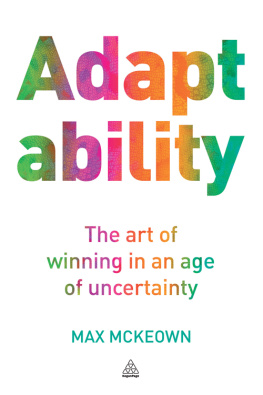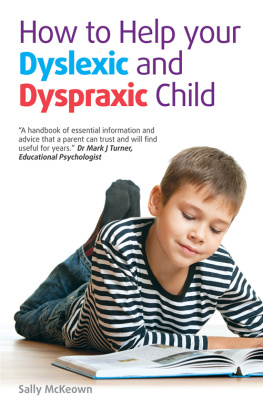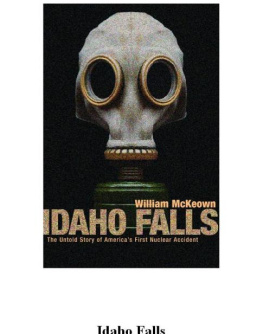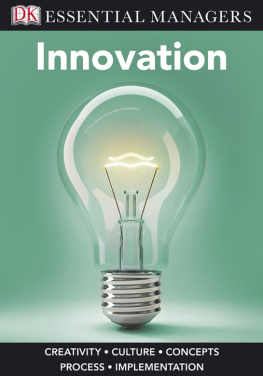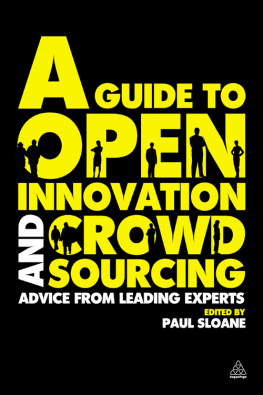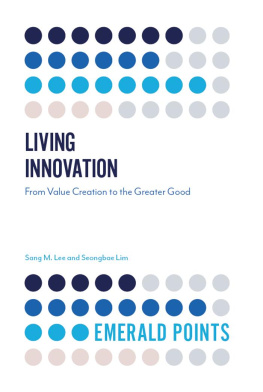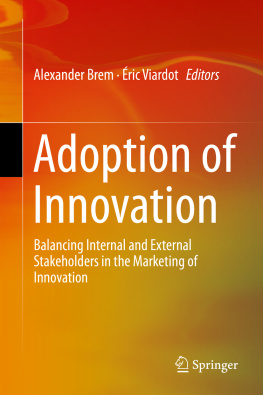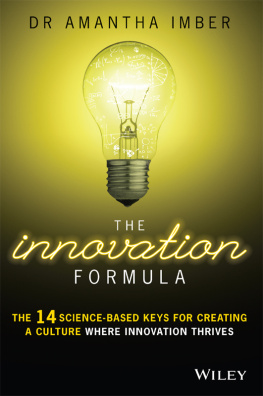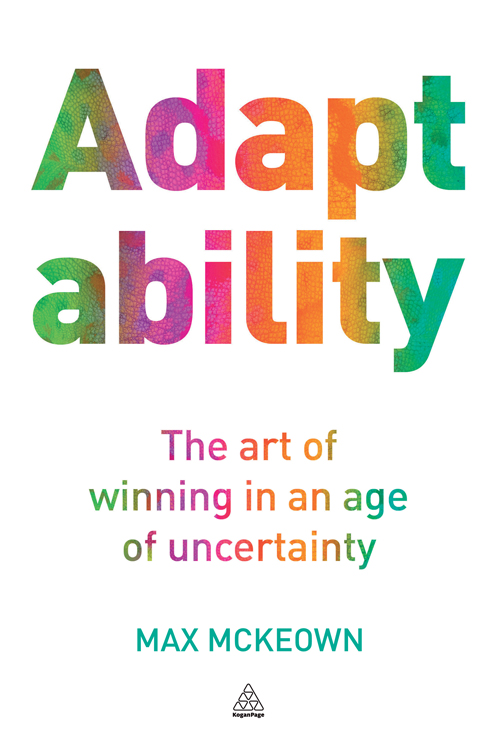First published in Great Britain and the United States in 2012 by Kogan Page Limited
Apart from any fair dealing for the purposes of research or private study, or criticism or review, as permitted under the Copyright, Designs and Patents Act 1988, this publication may only be reproduced, stored or transmitted, in any form or by any means, with the prior permission in writing of the publishers, or in the case of reprographic reproduction in accordance with the terms and licences issued by the CLA. Enquiries concerning reproduction outside these terms should be sent to the publishers at the undermentioned addresses:
The right of Max McKeown to be identified as the author of this work has been asserted by him in accordance with the Copyright, Designs and Patents Act 1988.
A CIP record for this book is available from the British Library.
McKeown, Max.
Adaptability : the art of winning in an age of uncertainty / Max McKeown. 1st ed.
p. cm.
Includes bibliographical references and index.
ISBN 978-0-7494-6524-7 ISBN 978-0-7494-6460-8 1. Adaptability (Psychology) 2. Success. I. Title.
Note on the Ebook Edition For an optimal reading experience, please view large
tables and figures in landscape mode. |
This ebook published in 2011 by
Kogan Page Limited
120 Pentonville Road
London N1 9JN
UK
www.koganpage.com
Max McKeown, 2012
E-ISBN 978 0 7494 6460 8
Contents
Rule 16 Get your ambition on
T his is a book about how people adapt. Its also a book about winning. Not just winning by playing the same rules, but playing better. And not just winning where there has to be a loser. My interest is in understanding more about how social groups can move beyond the existing rules to find games that allow more people to win more often. New games can make everyone better off than before.
Adapt or die is not the only choice. Our adaptive choices and actions influence what happens to us. Just to maintain things the way they are takes effort. Just to survive can require blood, sweat and tears. Yet surviving is an opportunity; adaptability is more than flexibility, its more than merely coping with a miserable set of choices in an unhappy game.
In the future, you can try to maintain what you already have, or you can attempt to transcend the constraints of your situation. Were part of a long chain of adaptive moves. Each move has changed the circumstances of our ancestors, until we arrived. Now its our turn.
How do some people start from a losing position and end up winning? How do others follow the reverse path, starting from a winning position and end up losing? Why do individuals, groups, markets and nations end up in situations that are mutually destructive? What can we do to move from miserable equilibrium to joyous disequilibrium? In short, what are the rules of adaptability?
Finding answers to these questions means examining the science of adaptation for clues that would be helpful in developing practical rules.
It also means looking at historical and recent examples to see what patterns, or strategies, of adaptation have worked in the real world full of messy, irrational, self-interested normal people.
Jared Diamond, in his ground-breaking book Collapse , suggests that societies may face four similar problems. They may have to struggle with environmental damage, climate change, hostility from enemies, and lack of support from neighbours. Faced with similar threats some fail while others succeed. It is the response that matters, and, since the response is all we can control, it is the response that matters most. Our ability to adapt is what makes the difference.
Culture, science and technology are the primary mechanisms of human adaptation. We can change the way we behave as groups, we can understand more about our world, and we can develop tools that enhance our ability to do almost anything. While far from the gods our ancestors worshipped, we are still the best on earth at changing our circumstances with non-genetic changes to the way we live.
Science studies what is, what was, and what may be. Researchers observe what happens to discover the mechanisms behind what they see. Curiosity drives their search to understand what drives events and actions. There is no single science of adaptability but all scientists seek to understand part of the puzzle of how and why things do or do not change.
In the course of my own research, there was no prejudice against any source of knowledge about my question. In part, thats about my view of the universe, my curiosity, does not set up boundaries between insights gained from observing improvized comedy on late-night television or from detailed measurements of ant colonies. They can all be relevant.
Some strands of scientific enquiry proved to be of particular importance because they include a number of scientists who have asked questions that directly relate to mine. Intriguingly they are often working in isolation from each other. They have asked their questions from within their scientific speciality and do not appear aware of findings from elsewhere. This book brings some of those theories together, across disciplines, for the first time. It combines those discoveries with my own independent insights.
If you want to dig deeper into those academic fields use the additional references at the back of the book. Some of them are fairly technical but Ive tried to provide some that are more accessible as a starting point. The question this book asks is valuable; the answers are worth your time and it will be my pleasure to have provided a guide to some of them.
People seek to survive. Most of us want to live well. And many of us want to live as well as possible. We seek advantages but not all of us succeed. Sometimes because we dont know how we want to control circumstances, sometimes because we ignore for some reason what can be done.
Not knowing how can be about individual ignorance, something we dont know that other people do know. It can also be general ignorance in our social group, organization or humanity. It can be something that is not known, some new information or skill that has to be found, discovered, created and made to work. Or, quite often, what can be done is not done.

